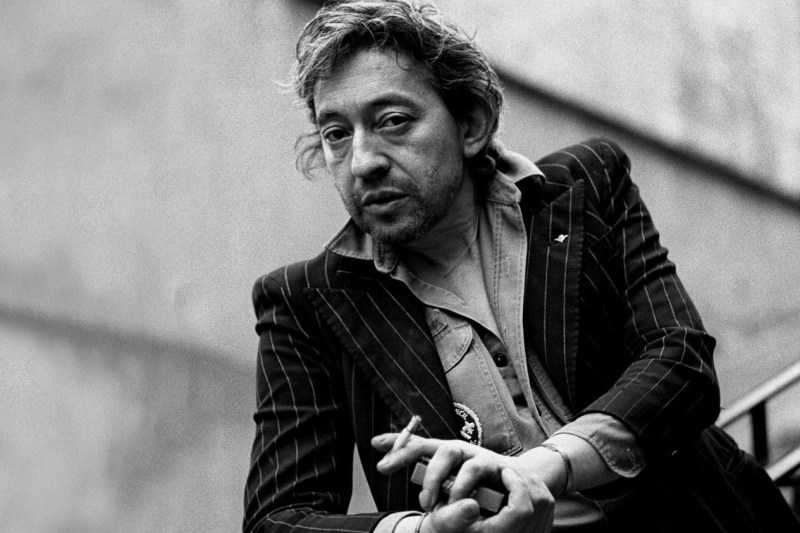
Menswear, along with fashion in general, underwent a hard reset in 2020. For obvious reasons that we are all tired of hearing about, we were forced to reassess our approach to clothing and style on both an individual and collective level. Out of this reassessment, we only came to a consensus on two ideas.
One is that comfort will no longer be sacrificed in the name of fashion; it is now a primary consideration whenever getting dressed. The other is that there are no rules or overarching trends dictating the course of menswear right now. Previously disparate fashion niches have all been blended together by designers and individuals alike. The thing is that this disregard for the rules in the name of comfort and self-expression has existed for decades in the Italian sartorial philosophy of sprezzatura.
In the 1950s and 1960s, young Italian gentlemen started wearing traditional menswear in a more relaxed manner. Shirts were halfway unbuttoned, blazers were rumpled, pocket squares were haphazardly stuffed into breast pockets, suit jackets and pants were mismatched, and designer scarves were loosely draped over the shoulders. It was a way for men to demonstrate that they had great style while simultaneously refusing to constrict themselves with conventional rules. It was a punk attitude wrapped up in tailored clothing.
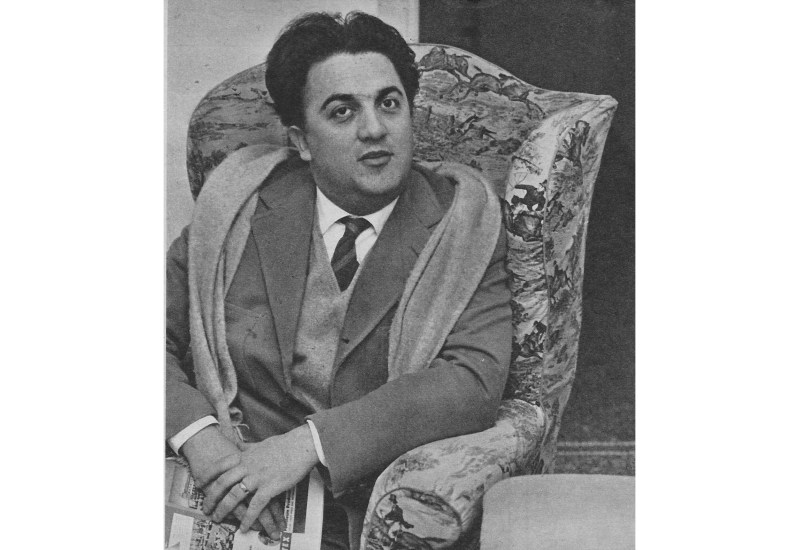
The history of sprezzatura
The earliest known use of the word sprezzatura appears in a 1528 book by Baldassare Castiglione describing the ideal royal advisor. Castiglione defined sprezzatura as nonchalance that suggests disinterest, thus giving the impression that any brilliant ideas came with minimal effort. An aloof and carefree appearance is carefully manufactured to disguise studious effort as innate brilliance.
For centuries afterward, sprezzatura was used to describe art that displayed subjects in candid and realistic settings, rather than carefully orchestrated poses. This began when Renaissance painters like Raphael, Michelangelo, and Da Vinci painted biblical and mythical scenes and characters as common people in everyday life. In this sense, sprezzatura came to represent the idea of art that is not trying to appear as art … a sentiment that would later turn into style that is not trying to appear like fashion.
Sprezzatura began applying to fashion and lifestyle in post-WWII Europe. Perhaps as an existentialist reaction to the devastation of the war, young people started dressing with a more relaxed attitude. They wore the same clothing and accessories worn during the 1920s and 1930s but with a purposefully shabby disposition. The very buttoned-up style of the early 1900s, both metaphorically and literally, came unbuttoned.
As tailoring got slimmer, fabrics got more ornate, and accessories got wilder. In the 1960s, the sprezzatura philosophy became defined by sticking to the classics but wearing them in a relaxed manner. This has remained the blueprint ever since (in as much as there can be a blueprint for a philosophy that defies rules). As fashion progressed through the 1970s and 1980s, the disciples of sprezzatura stuck to tailored suits and shirts juxtaposed with classic sportswear, loungewear, and workwear.
This golden age of sprezzatura is personified by French musician, actor, and writer Serge Gainsbourg. He was known for wearing an American military jacket paired with Oxford shirts, tailored slacks, and loafers. He never had fewer than two buttons undone on his shirt, even when wearing a tie. While he almost never wore a shirt without a collar and owned an impressive collection of tailoring, nothing was ever ironed or pressed. His wardrobe, personality, and disposition exuded an artistically disheveled charisma.
The great menswear revolution of the early twenty-first century took most of its inspiration from the 1960s and 1970s. As suiting, classic workwear, and prep took over the menswear landscape, designers blended them all together in a pre-packaged version of sprezzatura. The designers and stylists behind brands like J.Crew, Gucci, and Thom Brown were clearly fans of the philosophy and used it to present their products. Through emulating these brands, style-conscious men everywhere began adopting attributes of sprezzatura without even knowing it. Meanwhile, the word and its meaning remained practically unknown outside the small community of devout menswear enthusiasts.
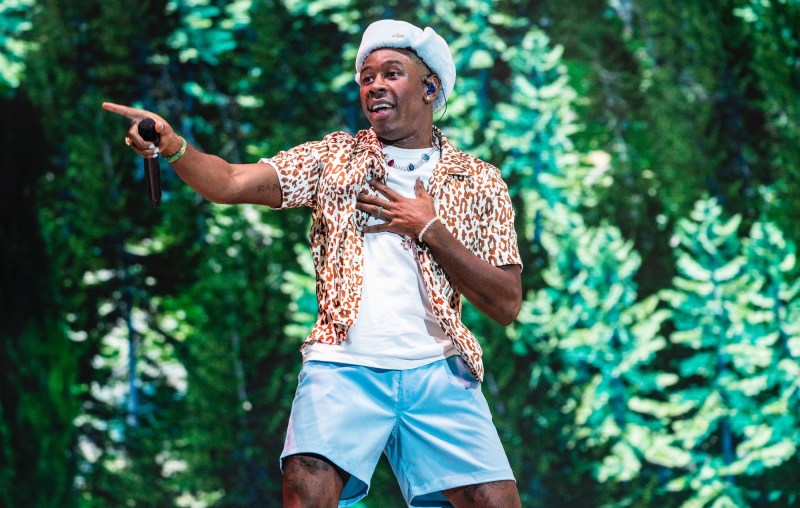
The vibe menswear needed
By the late 2010s, menswear had become very tribalized. After a decade of fashion being important to men again, menswear splintered into different subsets of styling for men, like streetwear, preppy, workwear/military, and formalwear. Hype culture grew up around each of these subsets and created a mindset that you have to pick your fashion and stick to it with a cult-like devotion. Each subset had its formulaic aesthetic and a group of brands that you just had to plug in to achieve the look.
Then the world shut down in the face of mass tragedy. We were all given the impetus for deep introspection and plenty of time to do it. A positive result is that the disparate fashion tribes that existed at the beginning of 2020 have seemingly faded together into one idea: If you’re into fashion then wear whatever you think looks good and makes you comfortable. The old categories still exist but the hype culture we all got caught up in, forcing us into prepackaged looks, has been discarded. The current vibe in menswear leaves everyone free to pick and choose from everything out there to assemble their own look.
Men learned to care about style in the 2010s, as the cliche goes at this point, but the argument can be made that they started to care too much. Menswear became too rigid, compartmentalized, and caught up on rules and traditions. The new carefree vibe that emerged from 2020 already existed in a few free-spirited style icons of the 2010s. Tyler the Creator and A$AP Rocky have always demonstrated a knack for intermingling fashion categories that seemingly have no business going together, but they always make it work. The reason it always works is that they approach clothing as a demonstration of pure self-expression. Like a painter doodling in a sketchbook, they create little works of art with every fit.
The vibe that menswear, and life altogether, needed in 2020 was whimsical creativity of art. All the rules of fashion that we learned in the 2010s should be regarded only as an inspiration for creating something new. The most important lesson to be learned was how to draw a line between owning nice things and being told how to wear them. That lesson is the spirit of sprezzatura and it has gradually swept over the menswear world for the past two years.
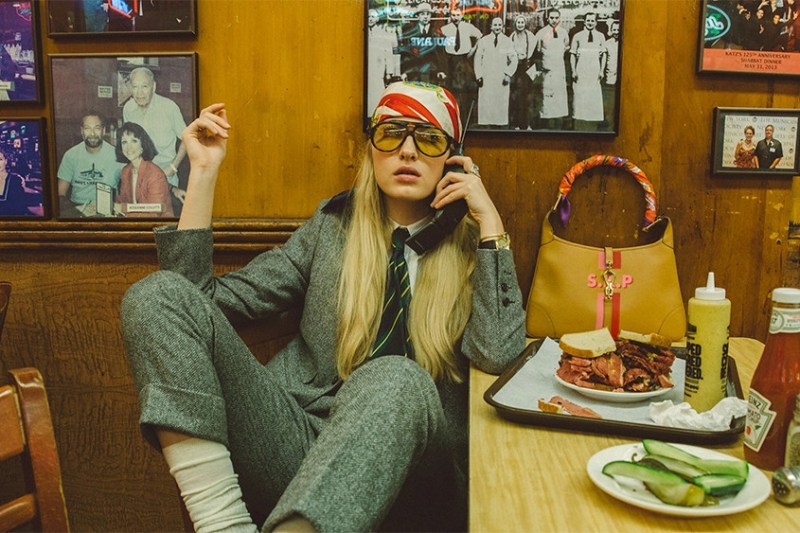
Sprezzatura is everywhere
In April 2020, legendary menswear writer Michael Williams predicted that after the pandemic, menswear would revisit core values and traditions in a similar way to the early 2010s. He wasn’t wrong, but the interpretation of those values differs greatly from a decade ago. Guided by comfort and self-expression, menswear has referred back to the old rules just so they could be properly broken. Like the rebellious Italian youths reinterpreting fashion among the ashes of WWII, sprezzatura has set menswear free in the wake of catastrophe.
While the vibe is everywhere, two young New York brands have come to embody the sprezzatura philosophy. First, there is Aime Leon Dore, a Queens-based designer who plays with elements of tailored suiting, 1980s preppy, 1990s streetwear, and skateboard culture. Any promo shot could easily be mistaken for a cobbling together of high-end European designers and West Village thrift shop finds. Then there is F.E. Castleberry, a made-to-measure-only brand inspired more by art and film than fashion. Fred Castleberry has stated that he creates imaginary characters and alter egos for himself, just as a screenwriter or novelist does, then designs clothing for these characters like the wardrobe department for some non-existent film.
Aime Leon Dore and F.E. Castleberry both represent the transition to comfort and eclectic self-expression as the guiding forces behind menswear. They were handed the torch from Gucci, who built their entire rebrand over the past ten years around 1970s sprezzatura. However, the sprezzatura that exists today is not just an inspiration from the past but a genuine evolution of the philosophy behind those vintage looks. Perhaps the best example is J.Crew’s Fall 2022 men’s line, the first by creative director Brendon Babenzien. The heritage fashion brand, which possessed such a concrete aesthetic in the past, now sells items inspired by a vast range of style subsets. Somehow, that variety has been artistically curated in an impressive fall line.
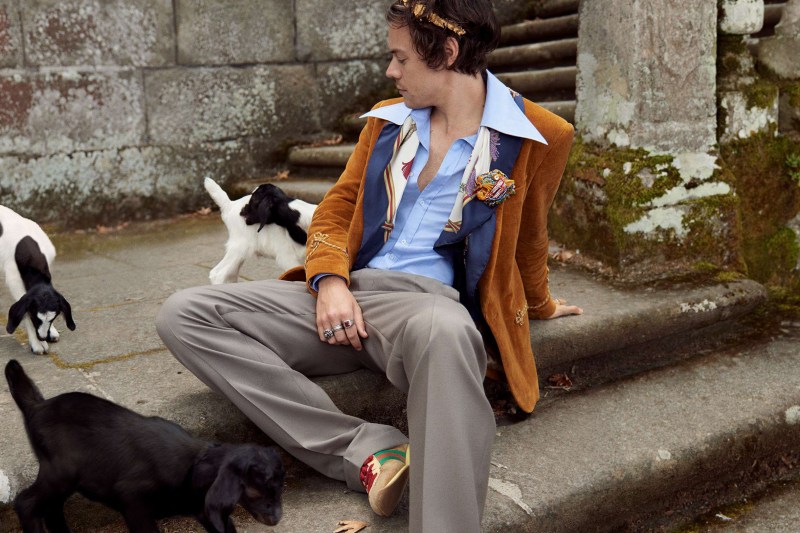
Achieving sprezzatura
Comfort is the key. You can wear nice clothes, even formal clothes, and still be comfortable. Spend as much as you can and definitely dive into the vintage and resale market. Sprezzatura doesn’t require expensive clothes or a lot of clothes. Serge Gainbourg supposedly only owned a handful of white Oxford shirts that he lived most of his life in. Find the items that you look and feel most comfortable in and use them as your foundation to build on.
As the saying goes, you have to know the rules in order to break them. Learn how to tie a half-windsor knot but always wear your tie loose with a couple of buttons undone. The more you learn about the history of clothing, the more fun you can have breaking the rules. Knowledge is the difference between sprezzatura and disheveled. What makes Tyler the Creator and A$AP Rocky style icons is that they are fashion nerds; they study the subject academically.
What is the opposite of sprezzatura?
While we’ve explained and examined what sprezzatura is in men’s styling, can someone dress the opposite of sprezzatura? In a word, yes. So, here are some examples of fashion choices that could be considered the opposite of sprezzatura:
- Overly matching outfits: Sprezzatura is about creating a harmonious ensemble without being too matchy-matchy. Pairing a brightly patterned shirt with a similarly loud tie or pocket square would be the antithesis of sprezzatura.
- Excessively trendy or avant-garde attire: Sprezzatura is about timeless style, not about chasing the latest trends or flaunting one’s sartorial prowess. Wearing excessively trendy or avant-garde pieces would clash with the understated sophistication that sprezzatura aims to achieve.
- Ill-fitting or poorly made garments: Sprezzatura is not about neglecting quality or fit. Wearing ill-fitting or poorly made clothes would immediately undermine the sense of refinement and polish that sprezzatura strives for.
Be a style omnivore. The entire fashion industry is at your disposal because the brand is not important; what is important is what you do with it. Don’t get caught up on labels and marketing. Find your inspiration in other artistic mediums like art, film, and music. Look at what your favorite artists are wearing instead of celebrities who have been styled by professionals. Sprezzatura as it exists today can incorporate any clothing or accessories as long as you keep it eloquent and genuinely you.



